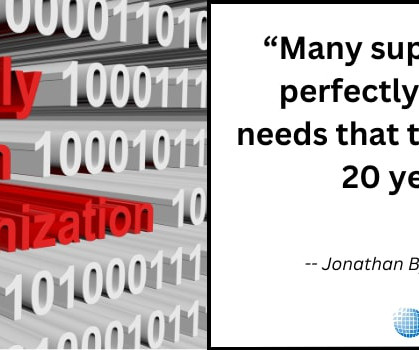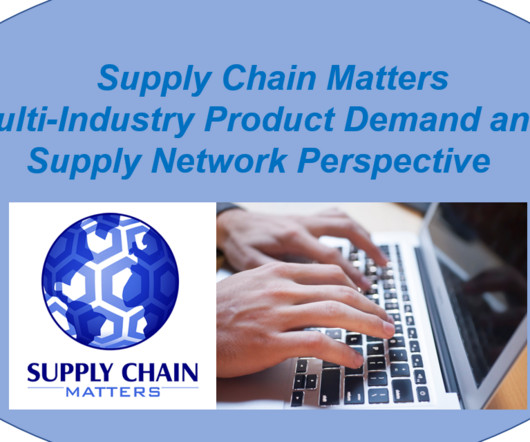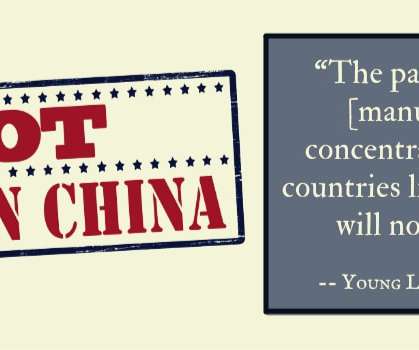The Power of Outsourcing for Supply Chain Improvement
Logistics Bureau
APRIL 3, 2023
Across our many blog posts, videos, webinars, eBooks, and other shared content, you’ll find a wealth of information about various aspects of outsourcing in the supply chain. However, I can’t recall writing a general guide about exploiting outsourcing opportunities to improve your supply chain.
















Let's personalize your content